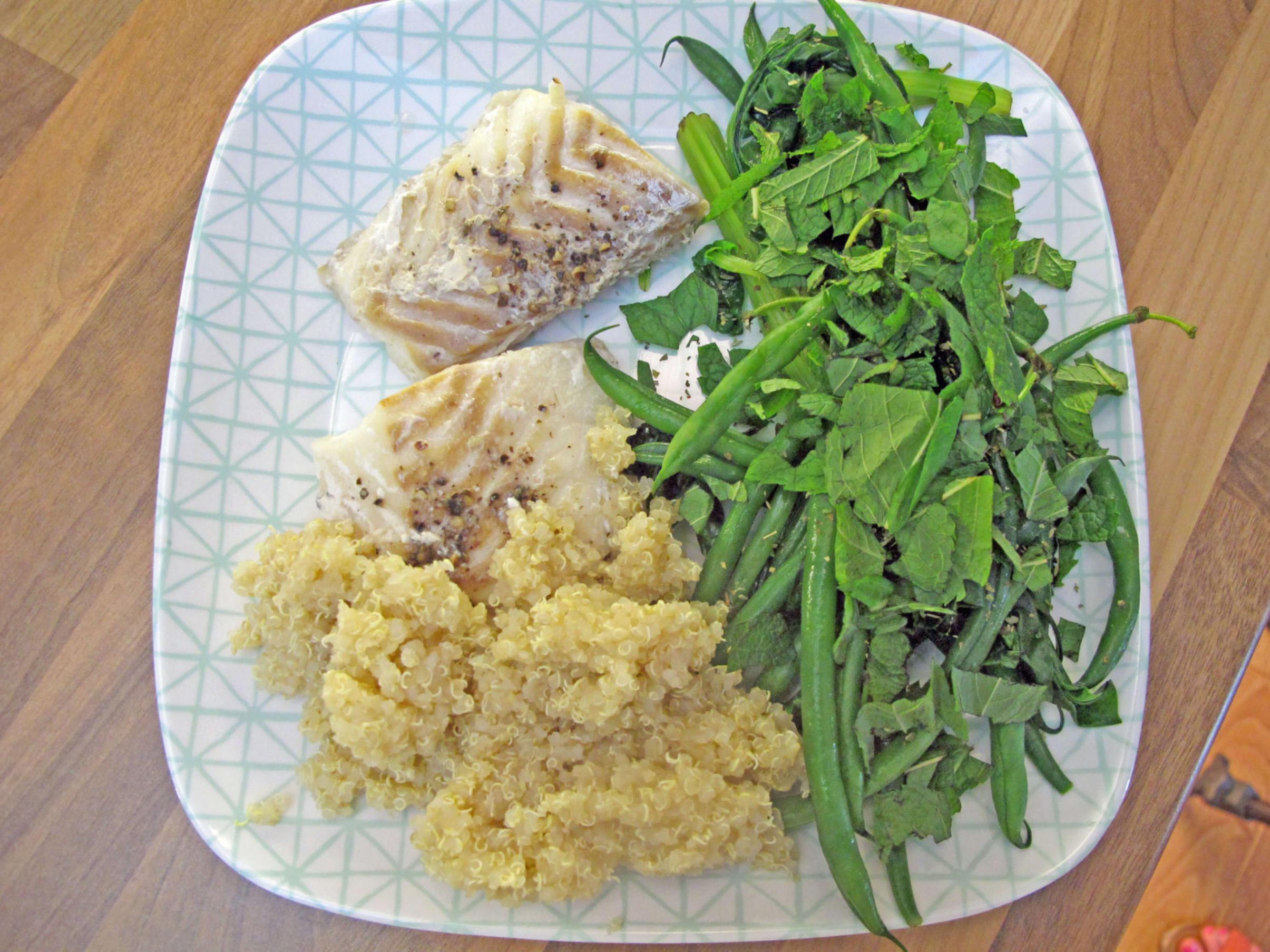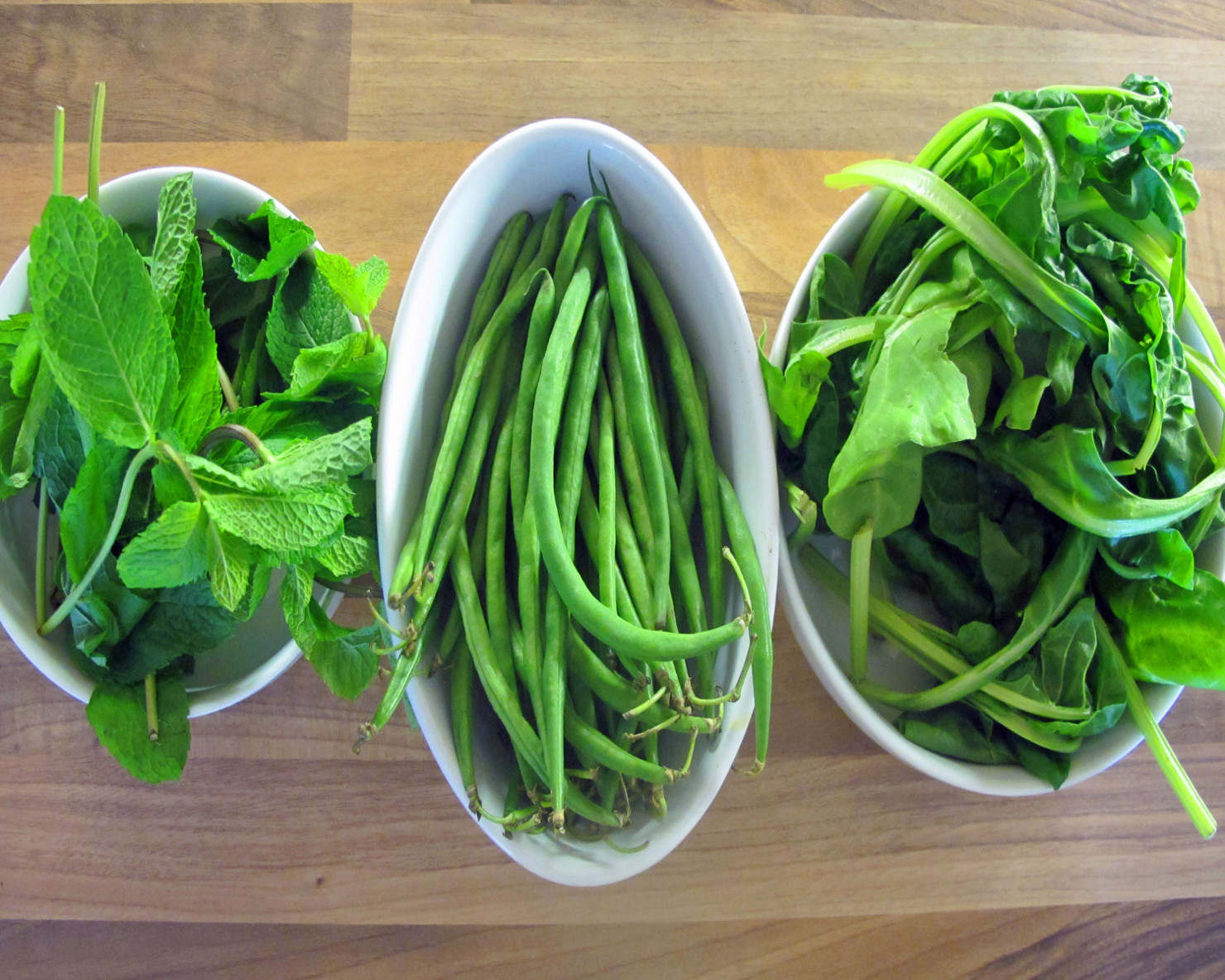The reasons we get tummy issues are varied, and although not always a simple matter of diet, the food we eat is often the most common trigger. Irritable Bowel Syndrome or IBS is now one of the most diagnosed functional gut disorders, with up to 23% of the world’s population receiving a working diagnosis. IBS is an umbrella term that GPs use to describe symptoms of bloating, cramping, constipation, diarrhoea, flatulence, and pain, when all investigations have ruled out a sinister pathology. If you’ve seen your GP, gotten a scope from a gastroenterologist, and gotten the all-clear, they may have sent you off with a prescription for anti-spasmodics and given you the ‘good news’ that it’s just IBS. It’s really, really great news that it’s ‘just’ IBS, but at the time, it may not feel like it. You still have no answers as to what’s going on, no real solutions to managing it other than popping a pill, and no proper understanding of why, on a daily basis, you look like you’re smuggling a bowling ball down your t-shirt.
In the majority of cases of IBS, it is the foods we eat that cause the problems. Specifically, it is the type of carbohydrates we eat that cause the problems. Fermentable carbohydrates are usually the culprit; they’re poorly absorbed, and can undergo bacterial fermentation. This fermentation can then lead to gas production and loose stool, and in susceptible individuals can cause severe bloating as well as pungent flatulence. The primary culprits are those fermentable carbohydrates that make up the acronym
FODMAPs; Fermentable-Oligosaccharides such as Fructo-oligosacchardies (FOS) found in wheat and onion and galacto-oligosaccharides (GOS) found in beans and lentils; Disaccharides found in milk and dairy products; Monosaccharides found in honey, mango, and certain fruit juices; and Polyols which are sugar alcohols such as sorbitol and mannitol found in sweeteners and certain fruits.
A low FODMAP diet, whereby you remove or reduce a lot of the above mentioned fermentable carbohydrates, has been studied extensively by researchers in Australia and the UK for the last decade, and they have found that up to 75% of IBS patients notice a vast improvement in their symptoms after adopting this way of eating. So what does it involve? Primarily, it is an elimination diet. You remove foods that are high in fermentable carbohydrates, and base your diet around foods that are low in fermentable carbohydrates. You then reintroduce foods, one subgroup at a time, in order to find out what your specific trigger is, as everyone is different. i.e. is it just polyols that aggrevate things and not disaccharides? for example. The total elimination and reintroduction takes 4-6 months to complete, and by that point, you should have noticed a vast improvement in your symptoms.
A low FODMAP diet can be very restrictive for people, almost not worth the effort for some, but for others, it can mark the end of debilitating cramps and reduced social engagement. I have seen mixed results with clients, but in the majority of cases it is a very successful approach. If your tummy issues, however, are initiated through stress or anxiety, then you may not see improvements by manipulating the diet, because the diet is not the trigger. This is where stress-management and lifestyle changes make a bigger impact. If your issues are triggered by fermentable carbohydrates, however, when you eliminate them, you will see massive changes within a matter of days.
This video has a lovely wee recipe for a low FODMAP meal, consisting of baked cod, quinoa, and minty greens. I’ve included fresh mint on the greens, as mint is great for reducing bloating. The recipe is rich in protein, is low GI, and a really nice option for anyone who is sensitive to common allergens, because it is wheat-free, gluten-free, and dairy-free.

Ingredients and Method
2 pieces fresh cod, baked with light seasoning - a touch of olive oil - in parchment parcels for 25 mins. Oven must be nicely preheated: 190-200 degrees
1 cup cooked quinoa (from batch cooking video)
1 small bag of green beans, blanched, and 2 big handfuls of spinach wilted. You add your green beans and spinach to boiling water for 4-5 minutes, and then transfer them to cold water to stop them cooking. Drain, and add chopped mint and a touch of Italian seasoning to serve.
Follow us on Facebook and Twitter for more health and diet tips, advice and interesting case studies. Explore our site for more information on health insurance options or to get a health insurance quote online today.



